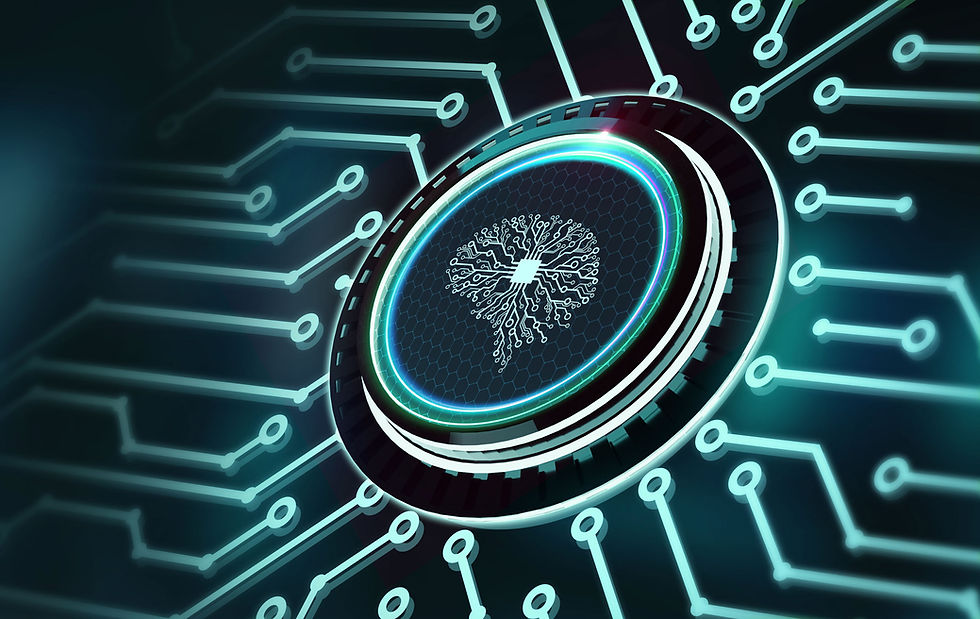The Art of Healing (Medical Breakthroughs)
- Srusti Chandra

- Jul 11, 2021
- 3 min read
Medicine is a dynamic field that relies on technological advances and increasing knowledge about the human body. The technology and knowledge that exists in the 21st century has not always been in the medical field, so how did physicians treat their patients in the past? Humans did not always consider death and disease as natural phenomena but rather a supernatural phenomena; if someone was sick, it could have been the result of an evil spirit occupying their body or a malevolent spell cast by an enemy. The treatments, which were aimed to treat the whole person (both soul and body), were counterspells, incantations, potions, and more.
As humans became more innovative with tools and technology, more treatments began to emerge. In India, there were two types of operations: lateral lithotomy to remove bladder stones and plastic surgery, specifically utilizing tissue of required size from the patient’s cheek or forehead to shape the nose. In Japan, Epinephrine (which can be used to treat anaphylaxis and stimulate heart activity during a cardiac arrest) was isolated in crystalline form. This one is obvious, but in addition to technological advances, understanding human anatomy and physiology lays the foundation for effective medical treatment. For example, Aristotle laid the foundations for comparative anatomy and embryology that influenced scientific thought for many centuries. Soranus of Ephesus, a physician in the 2nd century CE, described a life-saving technique for childbirth, which was to turn the fetus in the uterus to facilitate a difficult delivery.
There were even more medical breakthroughs that improved treatment for patients today. Antibiotic invention was revolutionary as it allowed physicians to selectively target harmful bacterial cells without damaging other cells. In 1909, Paul Ehrlich, a German physician, discovered an effective treatment for syphilis: arsphenamine, a chemical that is known as the first modern antibiotic. In 1928, Alexander Flemining, discovered penicillin after observing that a fungus, Penicillium notatum, prevented the growth of Staphylococcus bacteria. Antibiotics are widely used today for various bacterial infections and it would not have been possible without discoveries such as these! Furthermore, artificial intelligence in medicine is changing the field (read more about what makes an algorithm intelligent here) . In 2018, researchers at Seoul National University Hospital and College of Medicine developed an AI algorithm known as Deep Learning based Automatic Detection (DLAD), which outperformed physicians in nodule detection on chest radiographs that can be useful for identifying lung cancers. AI can increase the precision of disease detection, thereby facilitating disease prevention.
We discussed a lot about the medical innovations of the past years, but what about 2021? Here are some medical breakthroughs of 2019-2021 that might surprise you:
Gene Therapy for Hemoglobinopathies
Hemoglobinopathies are genetic disorders that affect the structure of the hemoglobin molecule, leading to ineffective oxygen transport in the blood. Sickle cell disease and thalassemia fall under this category. Gene therapy aims to make functional hemoglobin molecules in those affected and reduce the presence of these disorders.
Novel Medication for Cystic Fibrosis
Cystic fibrosis is a genetic disease that affects the lungs. Mucus clogs the airways in the lungs and traps bacteria, leading to infections and, eventually, respiratory failure. Previous medications were only effective in a subset of people with certain mutations. However, a new drug can change this! In 2019, FDA approved a drug for the most common mutation, which represents 90% of those affected by cystic fibrosis.
Bubble CPAP for Premature Babies
Premature babies often need external assistance to breathe. Babies with infant respiratory distress syndrome (IRDS) are commonly given mechanical ventilation, which can cause physical trauma to the lungs. Bubble CPAP, however, is a non-invasive ventilation device that is safer and minimizes harm to the lungs.
Why is it important to stay updated with medical breakthroughs? As future physicians, it is 1) helpful to stay updated about the latest medical innovations as well as the past ones to gain an understanding and appreciation of the medical field and 2) it is always inspiring to read about how one small idea can evolve into something bigger -- something with a huge impact on others’ wellbeing. So, if you have any ideas, do not be afraid to share them because every idea is valuable; I hope that the discoveries mentioned above will encourage you to read about even more medical discoveries as it can be a source for your own innovations. Innovation is vital in healthcare because it can lead to the development of cutting-edge technology and improved medical treatments for patients. What medical breakthroughs interested you? What innovations are you expecting to see in the future?
Works Cited



Comments